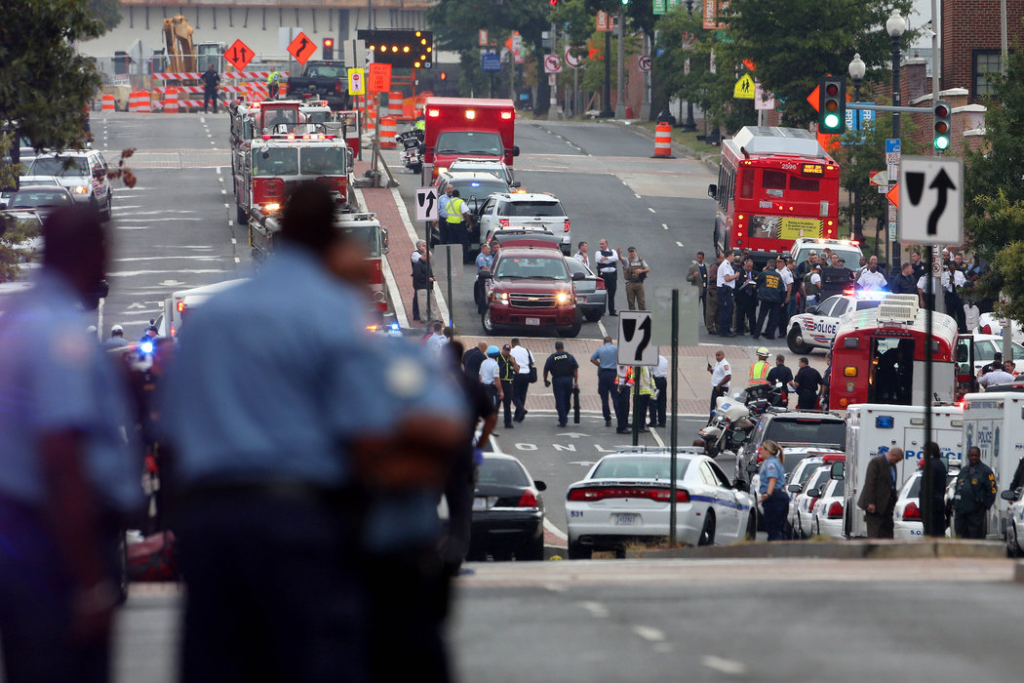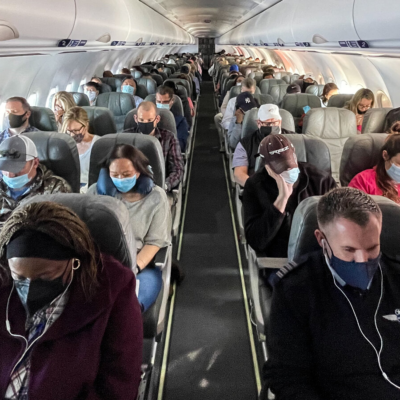Mass shootings in America change possible — these five words reflect a question that continues to haunt the nation. With every headline and broken community, the cycle seems to repeat: shock, grief, calls for change, and then silence. But is it too late to break this pattern? Or is change still possible if we are willing to act?
Understanding Why the Crisis Persists
Easy Access to Guns
The United States has more civilian-owned guns than any other country in the world. With more firearms than people, it is easy for individuals—whether mentally unstable, angry, or ideologically driven—to access deadly weapons. Many of the worst shootings involve legally purchased firearms, raising questions about the strength and enforcement of current laws.
Cultural Factors
Many mass shootings are carried out by young men, often struggling with identity, isolation, or mental health issues. Toxic ideas about masculinity, success, and power can lead individuals to believe violence is a way to be remembered or to gain control. When these ideas are left unchecked in homes, schools, and online spaces, the danger grows.
Media Influence
News coverage plays a major role in how we view mass shootings. Some argue that giving too much attention to the shooters creates a “contagion effect,” where others seeking fame are inspired to commit similar acts. While it’s important to report facts, it’s also necessary to consider how that coverage might contribute to future violence.
Inconsistent Laws
After a major mass shooting, there’s usually an increase in public discussion and proposed laws. However, many of these laws fail to pass, or worse, some states actually relax gun regulations in response. Without federal standards, the country’s patchwork of laws often undermines efforts to prevent future shootings.
Civic Fatigue
The frequency of mass shootings has caused many Americans to feel numb or helpless. The emotional toll is so great that some people avoid the news altogether. But civic fatigue doesn’t mean people don’t care—it means they don’t see a clear path forward. In reality, each tragedy still sparks protests, donations, and activism. The challenge is turning that energy into long-term change.

Signs of Hope and Progress
New Laws and Political Action
Although slow, there has been progress. Since the Sandy Hook shooting in 2012, hundreds of state-level gun safety laws have been passed. In 2022, Congress passed the Bipartisan Safer Communities Act—the first federal gun safety law in nearly 30 years. These moves show that change is possible, even in a divided political climate.
What We Can Learn from Other Countries
Other countries have faced similar tragedies, but with very different outcomes. In Australia, a mass shooting in 1996 led to sweeping gun reforms, including a national buyback program and bans on many semi-automatic weapons. Since then, mass shootings have become rare. These examples prove that well-designed laws can have real impact.
Public Support Is Strong
Polls consistently show that most Americans support stricter gun laws. The majority back universal background checks, waiting periods, and restrictions on certain types of firearms. Even in deeply divided times, this level of agreement offers a foundation for meaningful reform.
Preventive Measures
Beyond legislation, communities are starting to focus on early intervention. Programs that assess behavioral threats in schools or workplaces can identify potential dangers before they turn violent. Red flag laws, which allow authorities to temporarily remove guns from individuals deemed dangerous, have already stopped some shootings before they occurred.
Why Change Is Still Possible
Outrage Leads to Action
While it may feel like nothing changes, each tragedy renews calls for action. Activists, survivors, and families of victims have built powerful movements that continue to push lawmakers to take responsibility. Their work keeps the issue in the public eye and builds pressure for reform.
Young Leaders Are Speaking Up
Young people, especially those who have survived school shootings, are some of the most powerful voices in the movement. They are organizing marches, speaking at town halls, and demanding that adults listen. Their courage and clarity bring new energy to the fight for change.
Addressing Root Causes
Gun violence is not just about guns. It’s about inequality, isolation, and a lack of support systems. To prevent mass shootings, we must invest in mental health care, education, housing, and community services. These deeper changes won’t happen overnight, but they’re key to long-term solutions.
Evidence-Based Policies Work
We already know what works. Background checks, red flag laws, safe storage rules, and limits on high-capacity magazines have all been shown to reduce gun deaths. These are not radical ideas—they are common-sense steps supported by data. The more these policies are adopted and enforced, the safer communities can become.
What Needs to Happen Next
- Unified Federal Action: A national approach is needed. Federal laws must close loopholes and ensure consistency across states.
- Responsible Gun Ownership: Promote safe storage, training, and accountability among legal gun owners.
- Media Reform: Shift how we cover mass shootings—focus on victims, solutions, and avoid glorifying perpetrators.
- Cultural Change: Start conversations about healthy masculinity, emotional expression, and social responsibility.
- Empowered Communities: Fund local programs that address violence, build trust, and offer early support for those in crisis.
Conclusion
So, is change possible? Yes—but only if we demand it. The question of mass shootings in America change possible is not just about policy—it’s about the kind of country we want to be. Do we accept the idea that these tragedies are inevitable? Or do we believe we can build something better?
Change may be slow. It may come with setbacks. But every voice raised, every law passed, and every life saved proves that the effort is worth it. The future of our communities—and the safety of our children—depends on our willingness to act now.
Do Follow USA Glory On Instagram
Read Next – Democrat Catelin Drey Wins Iowa Senate Special Election, Breaking Republican Supermajority






